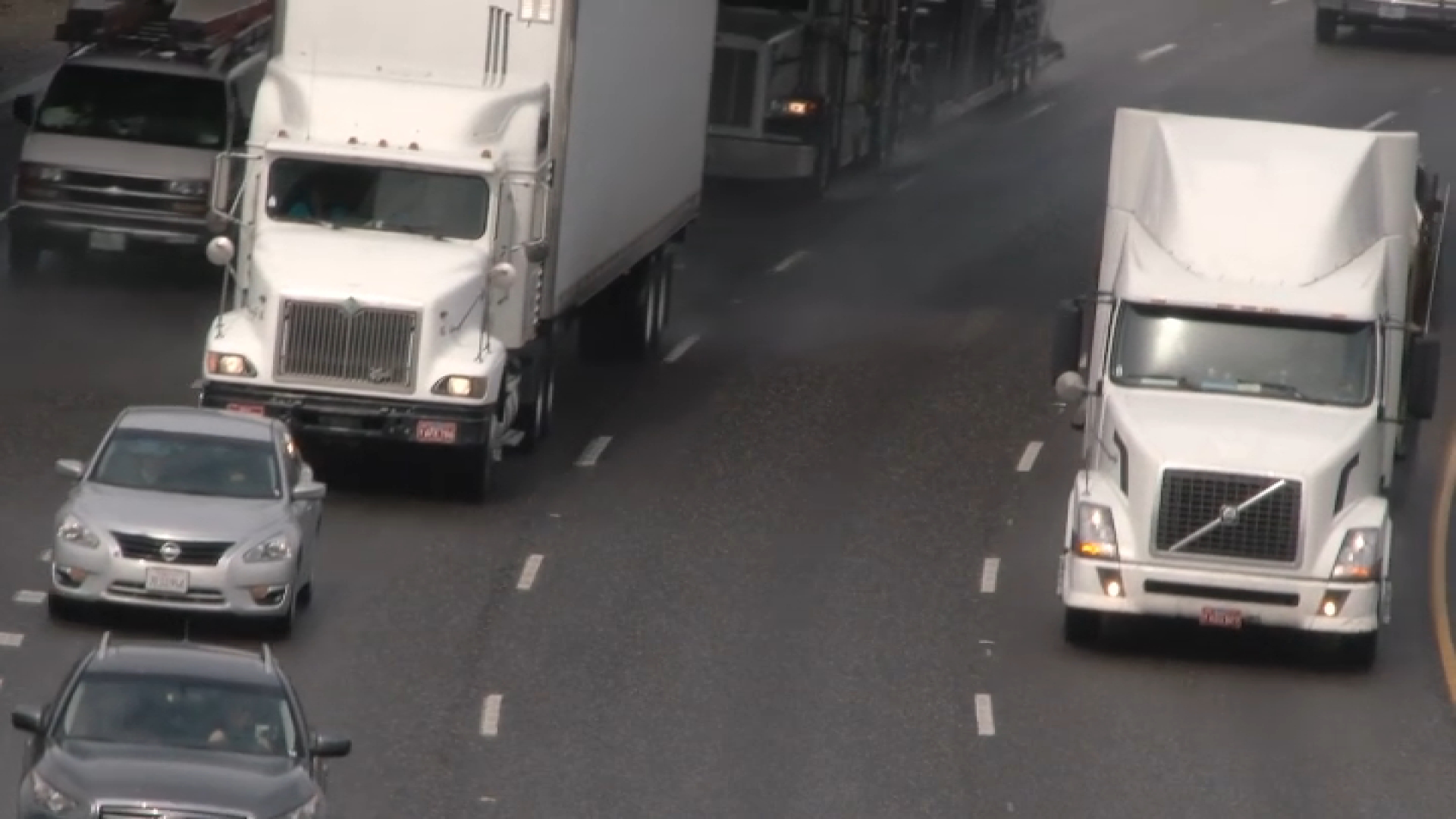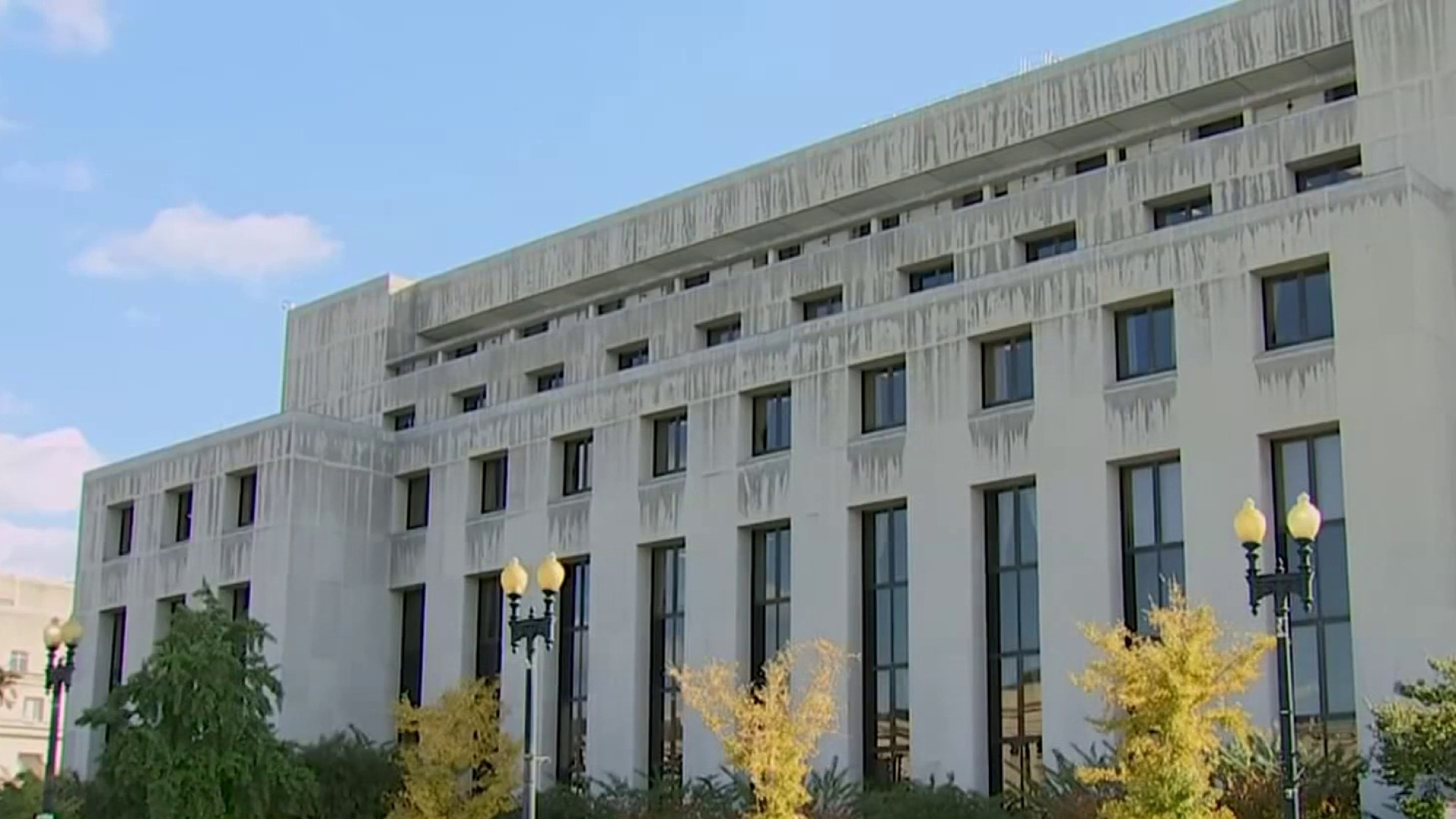Jeff Ellis sees them daily as he travels between Damascus and the District on I-270: drivers, flying solo, in high-occupancy vehicle lanes intended to reduce traffic congestion.
“There’s a lot of violators. You see them pass you your whole commute,” Ellis said, adding: “It makes you angry because everybody wants to get home quicker.”
More than 50,000 drivers in Maryland and Virginia have been cited or warned since 2017 for breaking HOV rules, the News4 I-Team has found, but they likely represent just a small fraction of the actual number of violators.
That’s because cracking down on HOV cheaters is notoriously difficult for law enforcement officers, experts say, who typically rely on sight alone to spot them and risk worsening injury — and traffic congestion — by stopping them.
“Enforcement is a difficult game,” said Jonathan Gifford, who heads the Center for Transportation Public-Private Partnership at George Mason University. “If you're pulling people off during rush hour, the spillover effects of that on the overall roadway can be extremely negative.”
In the commonwealth, which has HOV lanes in Northern Virginia and Hampton Roads, state police have issued an average of 13,500 warnings and citations each year since 2017. That’s not including tickets issued by local agencies.
In Maryland, where Interstate 270 accounts for the bulk of HOV traffic, police wrote about 3,500 citations and warnings last year, according to Maryland State Police. That represents a drop from roughly 4,500 in 2018 and more than 5,000 in 2017.
Investigations
Investigations by the News4 I-Team
The figures are just a fraction of estimated daily traffic. On Virginia's Interstate 95/395 Express Lanes alone, drivers took an estimated 57,000 daily trips last fall, according to Transurban, the private company that operates the lanes.
State highway records show about 6,400 people crowd I-270 HOV lanes each rush hour — nearly double the citations issued for violators in all of 2019.
Maryland State Police declined an interview on the challenges of enforcing HOV lanes.
But in an email, a Maryland State Highway Administration spokesman acknowledged HOV enforcement is “extremely challenging” in that state, especially because “plug-in electric vehicles with a valid permit are legally allowed in the HOV lanes as single-occupancy vehicles.”
By helicopter and on the roadway, News4 followed along as Maryland state troopers conducted a recent HOV enforcement and observed the challenges in stopping potential violators.
With little room on the side of the highway, troopers worked to move suspected violators into the median as other cars rushed by. Over the course of three hours, the troopers — along with Montgomery County police — issued about 100 citations and warnings to drivers.
In a separate enforcement sting last fall, Maryland State Police said they stopped an HOV violator who had equipped his car with a mannequin to potentially mislead police and nearby drivers.
Gifford, the transportation analyst, said HOV enforcement can slow down traffic flow so significantly, cheaters often have a heads-up to police presence from miles down the road.
“Enforcement itself imposes delay, for sure,” he said. “It can also increase crash risk because of unexpected stops in the traffic stream.”
That’s why law enforcement “has to be very judicious about how they do their enforcement to try to strike the right balance.”
Nicole Miller, who runs a Facebook group for slug commuters out of Springfield, said it was easy for commuters to spot cheaters before Virginia converted its I-395 HOV lanes to high-occupancy toll lanes last fall.
“There were so many of them, they held up the traffic in the morning,” Miller told News4.
In the so-called “HOT lanes,” solo drivers can pay a toll that fluctuates depending on congestion or set their E-ZPass to indicate whether they’re carrying at least two passengers and can ride for free.
Lights flash when a car with an E-ZPass set to “HOV” travels underneath a gantry, giving law enforcement a prompt to see if the driver is in compliance. A spokesman for Transurban said some patrol cars are also equipped with a sensor that can read a driver’s E-ZPass.
Miller, the Springfield commuter, said time will tell whether the technology deters cheaters.
"I personally think people are feeling it out before they go back to cheating,” she said.
Reported by Scott MacFarlane; produced by Katie Leslie; and shot by Steve Jones, Jeff Piper and Evan Carr.



